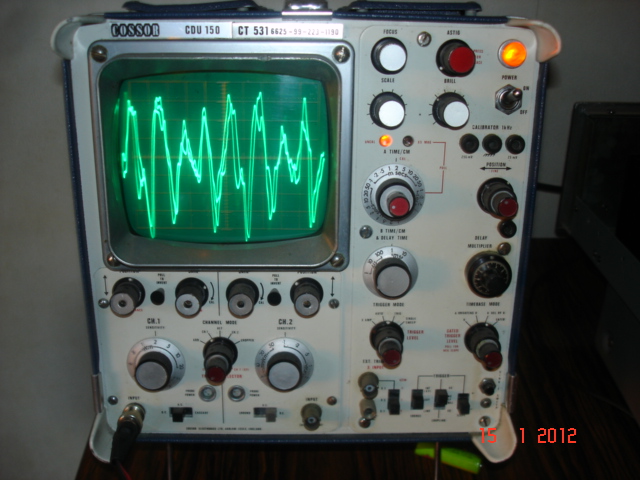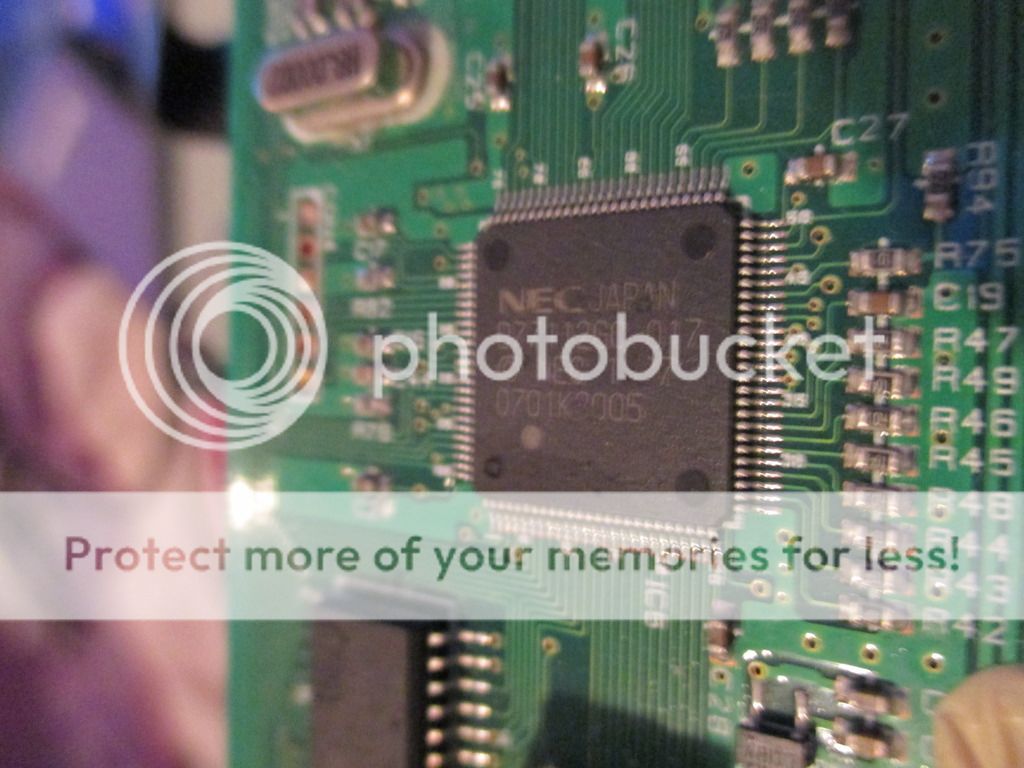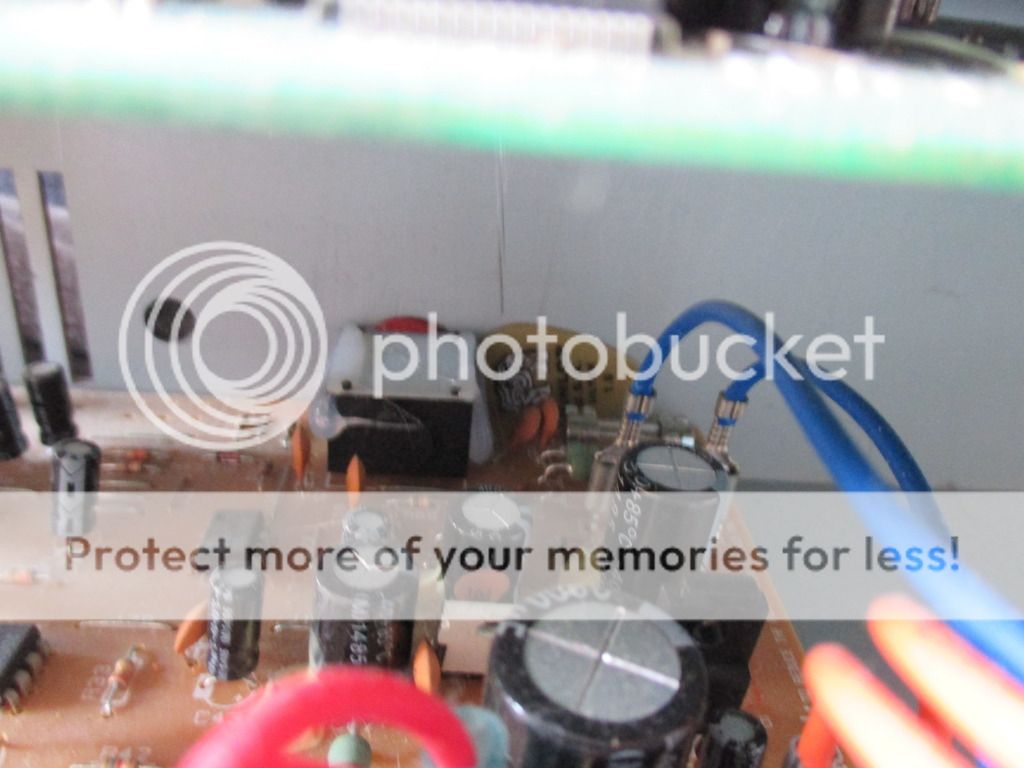Justin Verrall
Member
Fortunately I have all them but unfortunately I find using solder wick and a solder sucker really hard to use otherwise I would use them more often. I was going to get a desoldering station before I got the multimeter but then realized I needed the multimeter more.A desoldering station would be excellent to own but falls into the decedent category of my lists. To start with you will probably be dealing with through hole components. To start you can do a lot of salvage work and repair work with:
(1) Good soldering iron, preferably with temperature control,
(2) A reel of Soder Wick
(3) Can of rosin flux
(4) Wire cutters precision
(5) Pliers fine precision
(6) Set of electronic tweezers etc (not expensive)
(7) Solder sucker (not expensive)
(8) Reel of solder lead/tin Rosin cored
Some form of vice/clamp would be useful to hold items while you are woking on them











